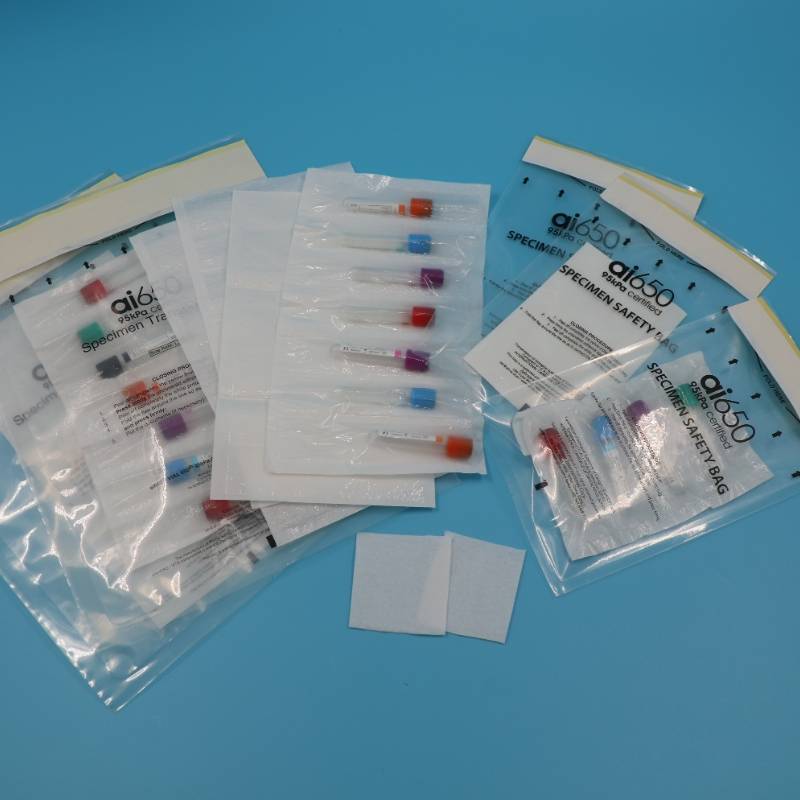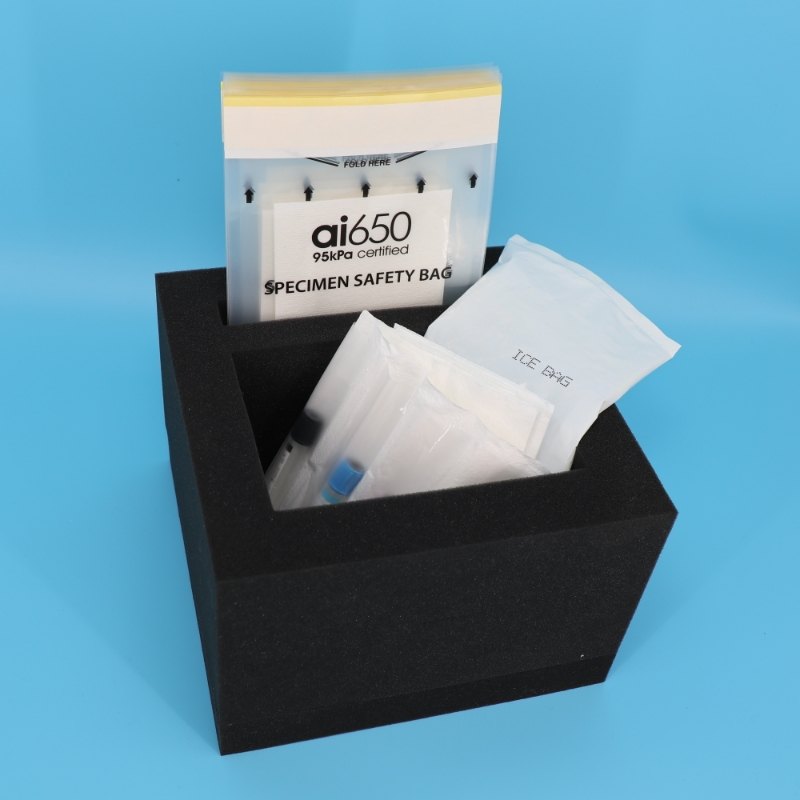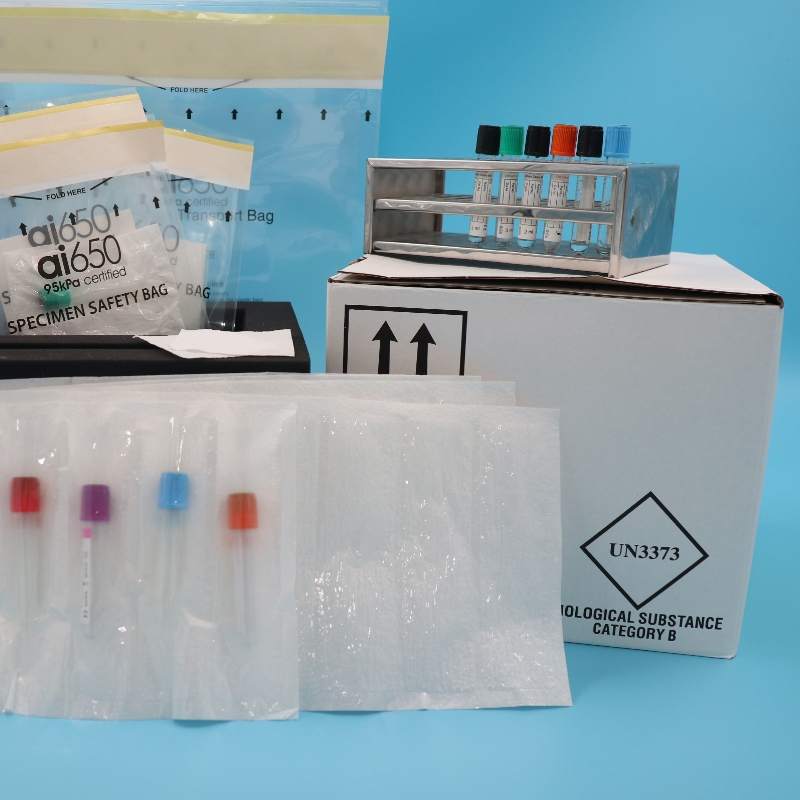
In medical laboratories and healthcare settings, specimen bags play a crucial role in the collection, transportation, and storage of biological samples. These samples may include blood, urine, stool, tissue biopsies, and other bodily fluids or substances that are essential for diagnostic testing and research purposes. A common question that arises when discussing specimen bags is whether or not they are sterile. In this blog post, we will delve into the importance of specimen bags, explore the concept of sterility, and clarify whether specimen bags are indeed sterile.
The Role of Specimen Bags
Specimen bags serve as secure containers for collecting and preserving biological samples. They are designed to maintain the integrity of the sample by protecting it from contamination, leakage, and deterioration during transit. Additionally, specimen bags often come with tamper-evident seals, ensuring the chain of custody and maintaining the authenticity of the sample.
What Does ‘Sterile’ Mean?
Before we can answer whether specimen bags are sterile, let’s first define what it means for an item to be sterile. Sterility refers to the absence of all forms of life, including bacteria, viruses, fungi, and other microorganisms. In a medical context, sterile items are those that have been subjected to processes that eliminate or kill all microorganisms, making them safe for use in procedures where infection control is critical.
Are Specimen Bags Sterile?
The sterility of specimen bags depends on their intended use and the manufacturer’s specifications. Generally speaking, there are two types of specimen bags: sterile and non-sterile.
Sterile Specimen Bags
Sterile specimen bags are specifically designed for situations where there is a high risk of contamination, such as collecting surgical wound specimens, sterile body fluids, or tissue biopsies for culture or sensitivity testing. These bags undergo a rigorous sterilization process, typically involving methods like gamma irradiation or ethylene oxide gas sterilization, to ensure that they are free from any microbial life. Sterile specimen bags are packaged in a way that maintains their sterility until they are opened, usually within a controlled environment.
Non-Sterile Specimen Bags
Non-sterile specimen bags, on the other hand, are intended for use in scenarios where the risk of introducing contaminants is lower. Examples include collecting urine samples, fecal matter, or sputum. While these bags are not sterile, they are still manufactured under strict hygiene conditions to minimize the likelihood of contamination. It’s important to note that even non-sterile bags should be handled with care to prevent cross-contamination between samples.
Why Sterility Matters
The choice between using a sterile or non-sterile specimen bag has significant implications for diagnostic accuracy and patient safety. Using a non-sterile bag for a sterile sample could introduce contaminants, leading to false positives or negatives in test results. Conversely, using a sterile bag unnecessarily might increase costs without providing additional benefits. Therefore, understanding the specific requirements of each sampling situation is vital to ensure appropriate specimen handling.
Conclusion
In summary, whether or not specimen bags are sterile depends on their designated purpose and the manufacturer’s design. Sterile bags are essential for maintaining the integrity of samples in high-risk situations, while non-sterile bags suffice for lower-risk collections. Healthcare professionals must carefully select the appropriate type of specimen bag based on the nature of the sample being collected to uphold the highest standards of diagnostic accuracy and patient safety. By doing so, they contribute to more reliable test outcomes and ultimately better patient care.



